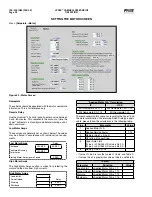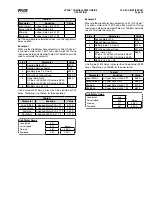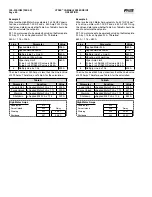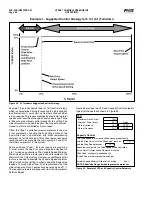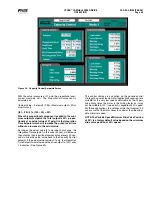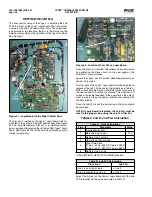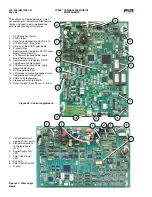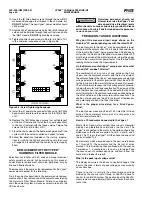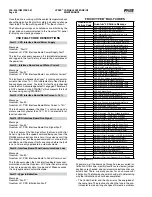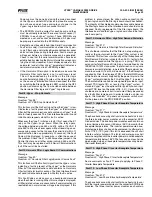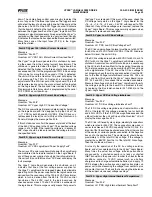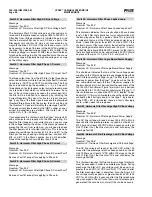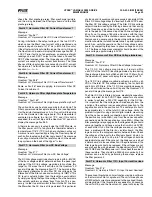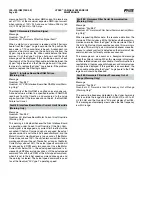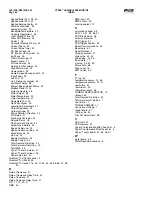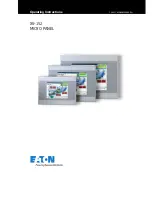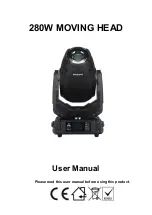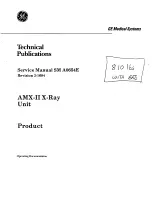
VYPER
™
VARIABLE SPEED DRIVE
MAINTENANCE
100-200 IOM (FEB 09)
Page 51
When is a booster pump required on a Vyper
™
compres-
sor drive?
The Frick Vyper
™
requires 8 ft of head for proper coolant flow
(water or glycol) to the heat exchanger. If this amount of head
is not available, then a booster pump is required.
The pink color of the coolant has faded. Is there a prob-
lem?
The coolant normally has a pink or rosy color when new. After
months of operation, this color may dissipate, and the coolant
may appear almost colorless. The lack of color in the cool-
ant does not necessarily indicate a problem. Most colorless
samples test above 1000 PPM nitrite, which is normal. There
is no need to flush the system unless the coolant becomes
opaque or cloudy. If this is the case, please obtain a sample
for analysis, then flush the system with coolant and install
fresh coolant. Be aware that cloudy coolant may contain
bacteria. Please use adequate preventative procedures to
avoid contamination. The coolant must be charged every
year regardless of color.
Why is the Vyper
™
circuit breaker tripping?
Circuit breaker tripping is normal for a failed Vyper
™
drive.
The unit does not have input fuses. The AC choke now re-
duces the current flowing to the short, and the circuit breaker
is fast enough to provide proper protection. A tripped circuit
breaker may be due to a shorted condition inside the drive,
the presence of a ground fault condition, or due to the breaker
itself being faulty. Check for shorts at the input and output
of the drive. Check for leakage current to ground. If none is
found, try raising the adjustable thresholds on the breaker,
and if it still trips, it is likely defective.
What is the test button on the Vyper
™
logic board?
When the Vyper
™
is not running, this button may be used
to test operation of the logic outputs to the Vyper
™
power
module, as well as the operation of the gate driver board on
the IGBT module. When the button is depressed, six output
LEDs on the Logic Board alternately light the three plus (+)
LEDs then the three (-) LEDs. At the same time, six LEDs on
the gate driver board will alternate between dim and bright
intensity. Several conditions can inhibit this test function:
• If any
VSD fault exists.
• If the unit is in precharge.
• If the
SCR trigger is enabled.
• If the VSD unit is running.
• A 4-minute timer is part of this function to ensure that the
DC Link Voltage is discharged to a safe level. This timer
must time out before the Test Button will function.
ADDENDUM
The following materials provide additional information for
operation and functioning of the Frick Vyper
™
variable speed
drive. Strongly recommended is the Frick Quantum
™
LX Com-
pressor Control Panel Operations Manual, which explains all
the Vyper
™
screens that are not covered in this manual.
In addition to this manual it is strongly recommended that
you have the Installation Operation and Maintenance manual
to the specific refrigeration system which will be controlled
by the Frick Vyper
™
.
VYPER
™
AlARMS / SHUTDOWNS
In addition to the Alarms and Shutdowns that the Quantum
™
LX
software generates for the basic compressor package,
there are warnings and shutdowns that are associated with
the Vyper
™
drive operation. These can be initiated by the
Quantum
™
LX panel or the Vyper
™
drive. The following pages
describe these warnings and shutdowns by title and descrip-
tion as well as the cause and items to check. When a Shutdown
occurs, the display backlight will flash on and off to alert an
operator of the shutdown. This visual alarm will help get the
attention of the operator in a noisy engine room environment
where audible alarms may not be heard. Pressing any key on
the keypad will clear the flashing backlight alarm. The FRICK
VYPER
™
FAULT CODES table shows the full listing of fault
codes. A detailed description and troubleshooting recom-
mendations follow.
The following warnings and or shutdowns are initiated by
the Quantum
™
LX panel. These safeties are set for
When
Running:
High Motor Stator Temp. –
If the motor stator temperature
rises above a critical point, one or more embedded thermistors
will open, removing the digital input to the Dig. Aux. #1 module,
wire #28 (typical). There is one thermistor per winding.
If the motor is equipped with stator RTDs (one per winding)
the same result will occur only that the signal is now an analog
signal and is set up as one of the PHD monitoring channels.
The warning and shutdown values can be seen on the PHD
setpoints screen of the Quantum
™
LX panel and should be
set based on the limits of the motor’s insulation class.
Blower Motor Aux. –
If the motor is equipped with auxiliary
blowers mounted to the top of the main drive motor, then a
confirmed run signal is required. This signal is in the form of
a digital signal from the Aux. Contacts of the blower motor
starter/s and is received by Dig. Aux. #2, wire #29 (typical).
High Vyper Coolant Temp. –
The Vyper Coolant Temp. is
monitored by the Quantum
™
LX Panel from a temperature
probe mounted at the coolant reservoir on analog auxiliary
#9 (Ch. 13 analog brd #2). If the Vyper
™
Coolant exceeds
the High Temp Warning or Shutdown values for the delays,
this warning or shutdown will occur. These values can be
seen on page 2 of the Analog Auxiliaries setpoints screens.
Default settings are 130°F for the warning, 135°F for the
shutdown.
low Vyper Coolant Temp. –
The Vyper Coolant Temp. is
monitored by the Quantum
™
LX Panel from a temperature
probe mounted at the coolant reservoir on analog auxiliary
#9 (Ch. 13 analog brd #2). If the Vyper Coolant exceeds the
Low Temp Warning or Shutdown values for the delays, this
warning or shutdown will occur. These values can be seen on
page 2 of the Analog Auxiliaries setpoints screens. Default
settings are 85°F for the warning, 80°F for the shutdown.
NOTE: If the compressor has been down for an extended
period and the ambient temperature is less than the low
Vyper Coolant Temp. warning or shutdown values, it may
be necessary to lower these settings temporarily in order
to get the drive running.
This setpoint can never be set
lower than 5° F above ambient dry
bulb temperature. If not sure of dry
bulb temperature, DO NOT GUESS.


